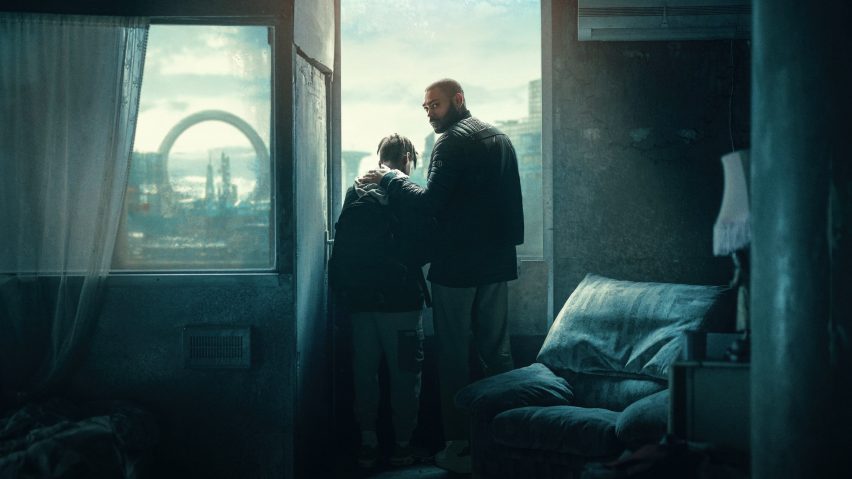
Factory Fifteen envisions London's last remaining housing estate for movie The Kitchen
The fictional mega-estate in sci-fi film The Kitchen was designed to "flip the idea of dystopia on its head", says director Kibwe Tavares, who is also a co-founder of VFX studio Factory Fifteen.
The Netflix release follows the story of Izi and Benji, played by actors Kane Robinson and Jedaiah Bannerman, who are residents of London's last remaining social housing complex, The Kitchen.
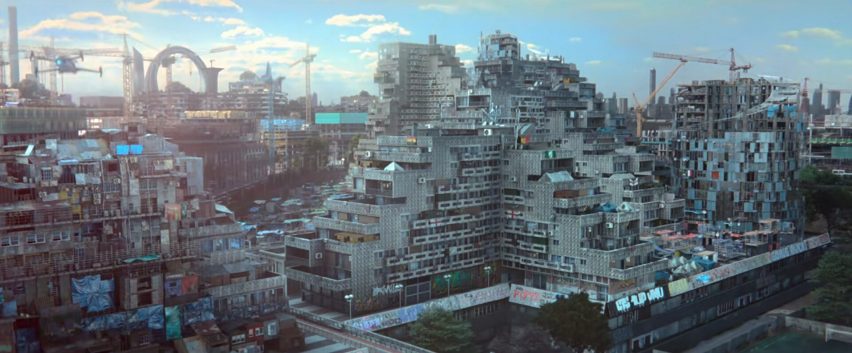
The film is set in 2044, at a time when the entire city is being turned into private developments.
Tavares directed the film in partnership with actor Daniel Kaluuya, while his co-founder at Factory Fifteen, the late Jonathan Gales, was the creative lead for the film's striking visual effects.
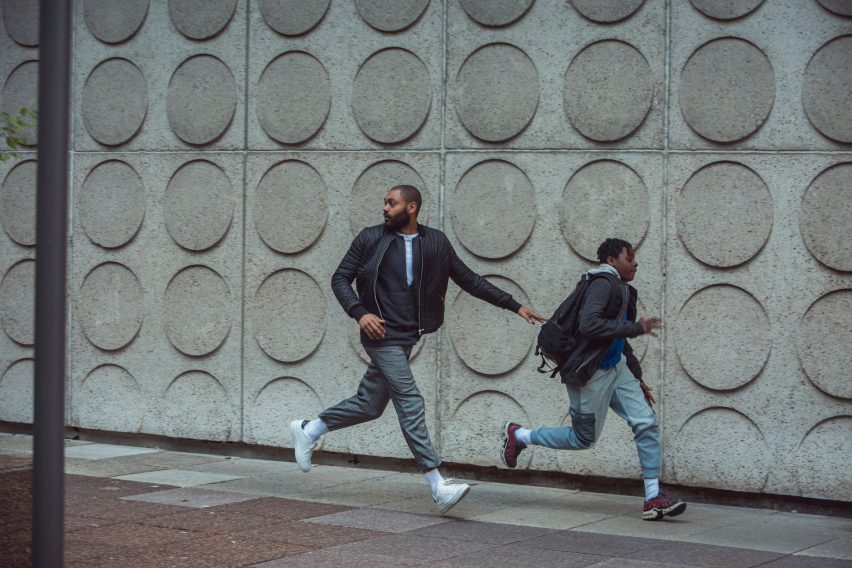
Speaking to Dezeen, Tavares said the ambition behind The Kitchen was to "create a last bastion of all the things that make London what it is".
The estate is plagued by issues that include limited running water, drone surveillance and regular police raids. Yet there is a strong sense of community that contrasts with the new Buena Vida developments also featured in the film, which are depicted as bland and soulless.
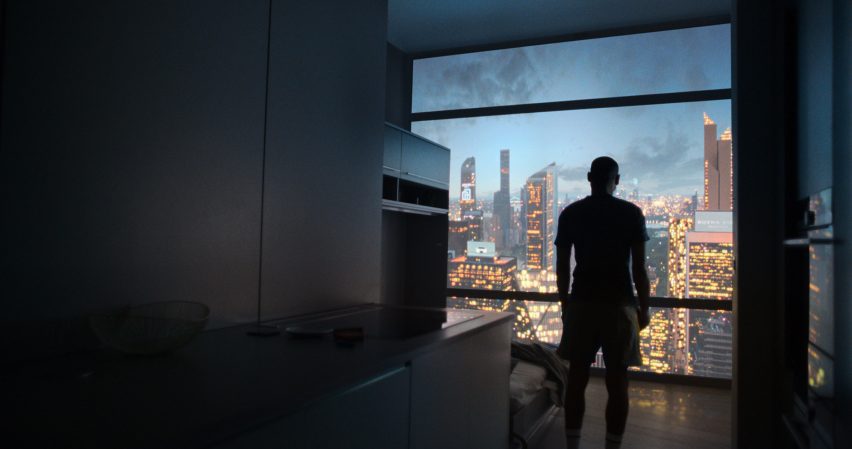
"I was trying to show the richness of culture and life that you have in these places," explained Tavares.
"I wanted to flip the idea of dystopia on its head," he added. "Is the dystopia here or is it in this more polished version of London?"
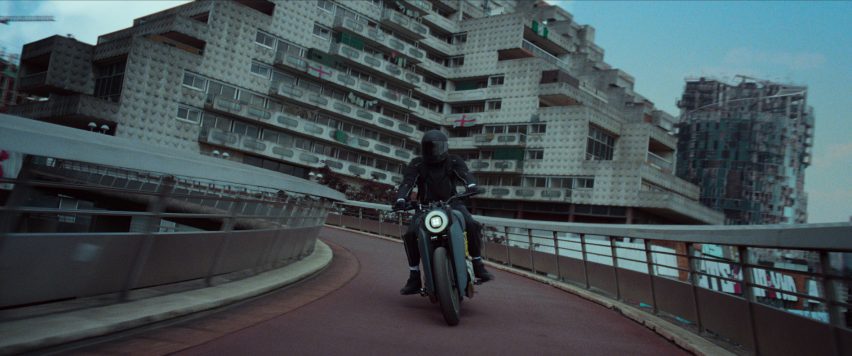
The architecture of The Kitchen is a mix of both real and imaginary, created by "bolting together" several buildings.
The main structure is the 1970s-built Les Damiers, a huge brutalist estate in Paris' La Défense, which appears to have been transplanted onto a site in southeast London.
This is accompanied by a cylindrical tower block designed by Gales, which features an internal atrium inspired by the Ponte City tower in Johannesburg.
At street level, an expansive street market takes cues from London locations such as the Ridley Road street market in Dalston, east London. The set for this was built at the former London Electricity Board HQ, a 1950s block in east London.
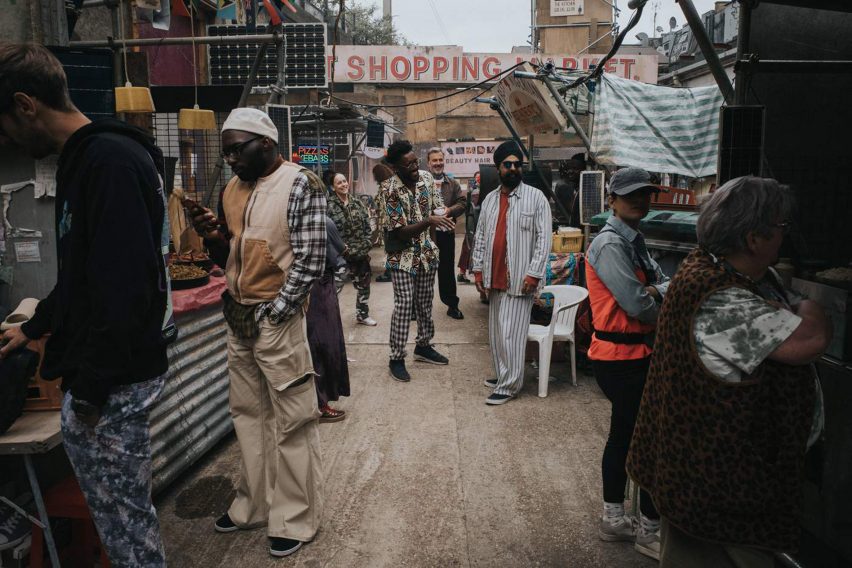
Paul Nicholls, who co-founded Factory Fifteen with Tavares and Gales, said the design developed out of a detailed process of worldbuilding that was 10 years in the making.
This detail-oriented approach reflects the trio's background – they met while studying architecture at the Bartlett in London.
Before his tragic death in December 2022, Gales produced a series of highly detailed concept visualisations that would come to define The Kitchen as the anchor of the film's narrative.
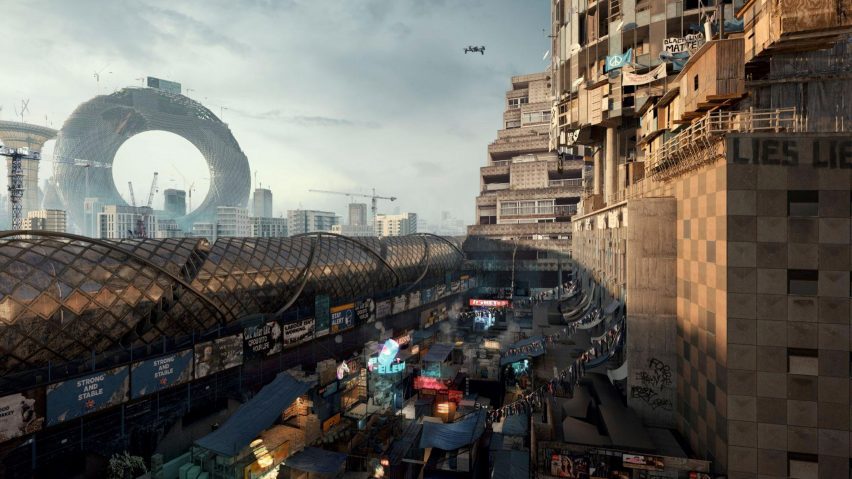
"It is quite rare to develop this kind of artwork early on," said Nicholls, "but we like to put together a huge lookbook because we see the benefit to the process."
"Jon was right beside me from the start, developing sketches and concepts," added Tavares.
"He created this visual bible explaining how the whole world fits together, with all the different areas and a timeline, and that became the foundation of the project."
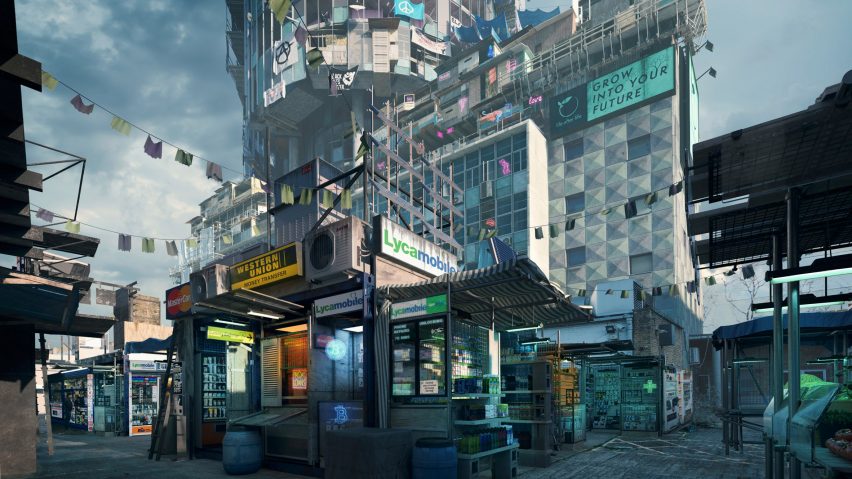
The timeline places the story six years before the completion of a city-wide building programme called Vision 2050, which sees council housing sold off to property developers with the promise of a cleaner and safer London.
Factory Fifteen's lookbook explains how The Kitchen complex was built to temporarily house residents of a collapsed tower. But when London's other estates are demolished, it becomes the only option for the city's low-income citizens.
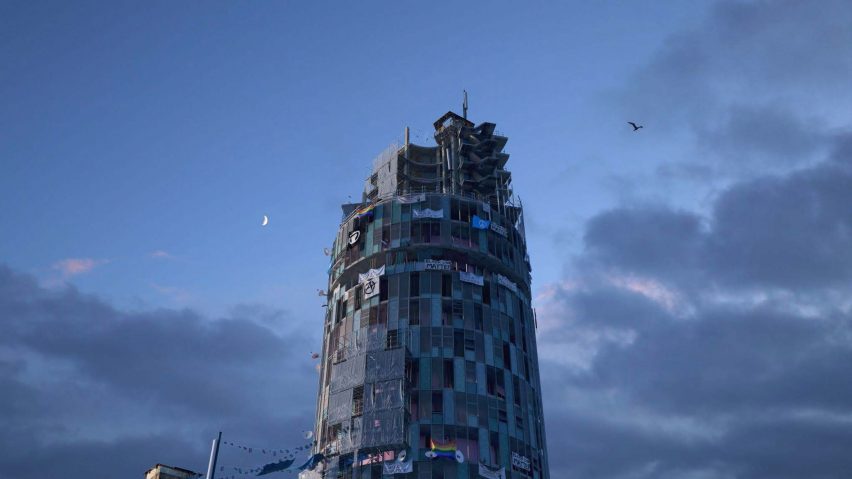
Tavares said that this concept was greatly influenced by Torre David, a half-built office building in Venezuela that was taken over by squatters after it was abandoned by its owners.
"It's this idea of appropriation, of people building their own spaces within spaces," he said.
"You could view it as a slum, but when you see pictures it feels warm and cosy," he continued. "You see people just using what they have available to make themselves a home."
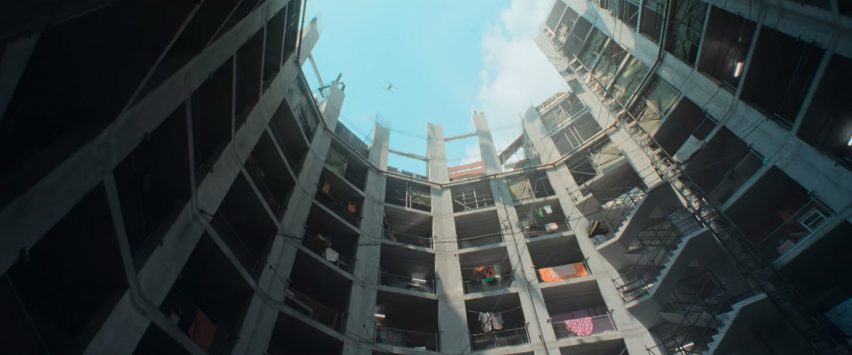
Tavares relates this to his personal experience of social housing, particularly of the south London estate where his mother has lived for the past two decades.
He describes a sense of disconnect between how outsiders perceive the estate and the sense of community experienced by those who live there.
"Without support from our 'village', there is no way my family could have raised me to be the person I am today. My brothers and I might so easily have been another statistic of young black boys struggling to find their feet," he said.
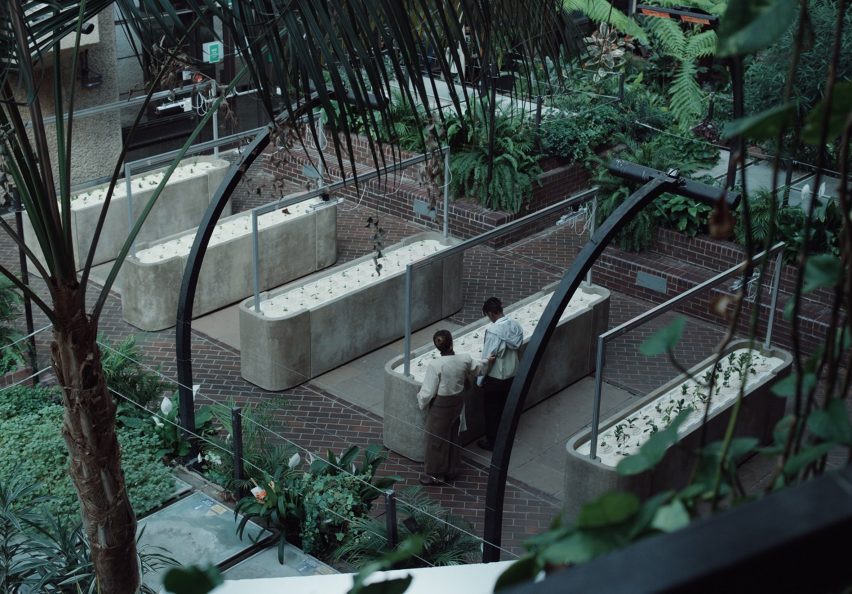
Other aspects of the worldbuilding design developed as a result of the lookbook.
Key locations include the flat where Benji lives at the start of the movie, filmed at the half-demolished Robin Hood Gardens housing estate in east London, and "the boundary", a railway line that becomes a border between the city centre and the de facto ghetto beyond.
Production designer Nathan Parker worked closely with Gales to bring the look and feel of his visuals to the sets.
These include Life After Life, an Apple Store-inspired funeral home where the deceased are turned into plant fertiliser, and the rotunda, the interior of The Kitchen's cylindrical tower.
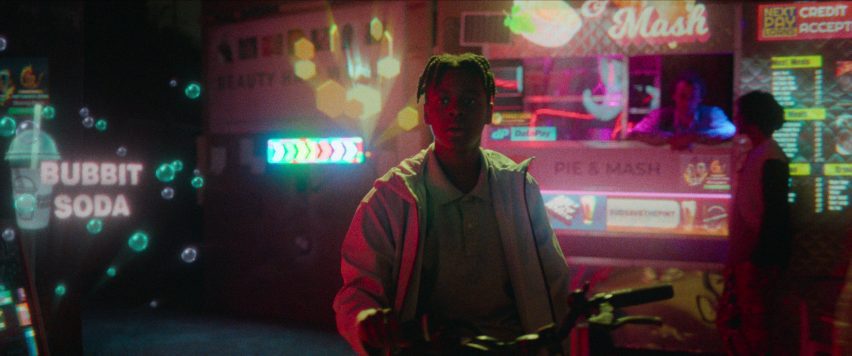
Nicholls draws parallels between The Kitchen and Factory Fifteen's early work, particularly Tavares' Robots of Brixton and Gales' Megalomania, which both made their media debuts on Dezeen.
"Robots of Brixton is all about displacement while Megalomania is all about this idea of the city in perpetual construction. You see both of these things really evidently in The Kitchen," he said.
"The building becomes one of the last remnants of society fighting back against capitalist development."